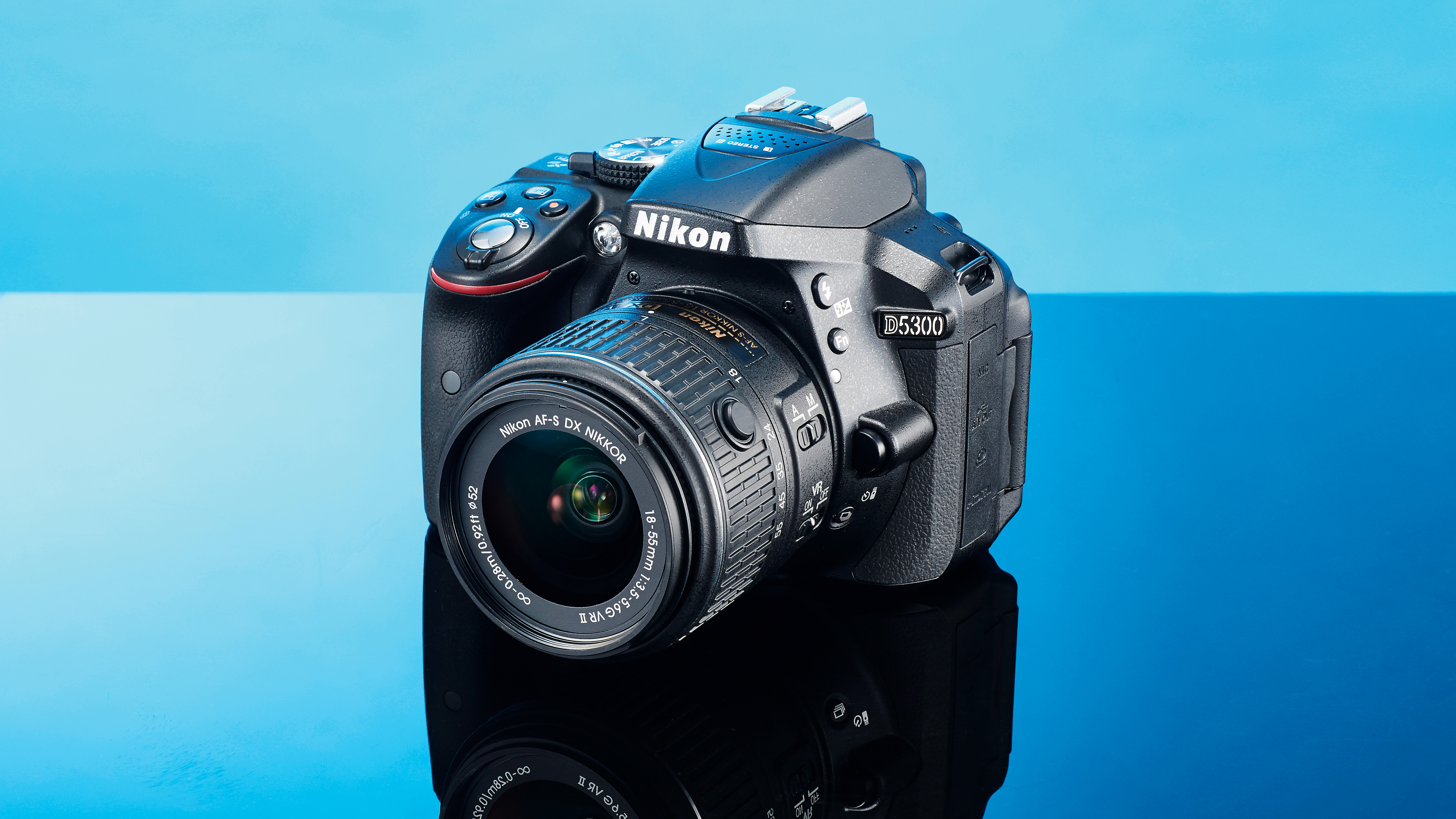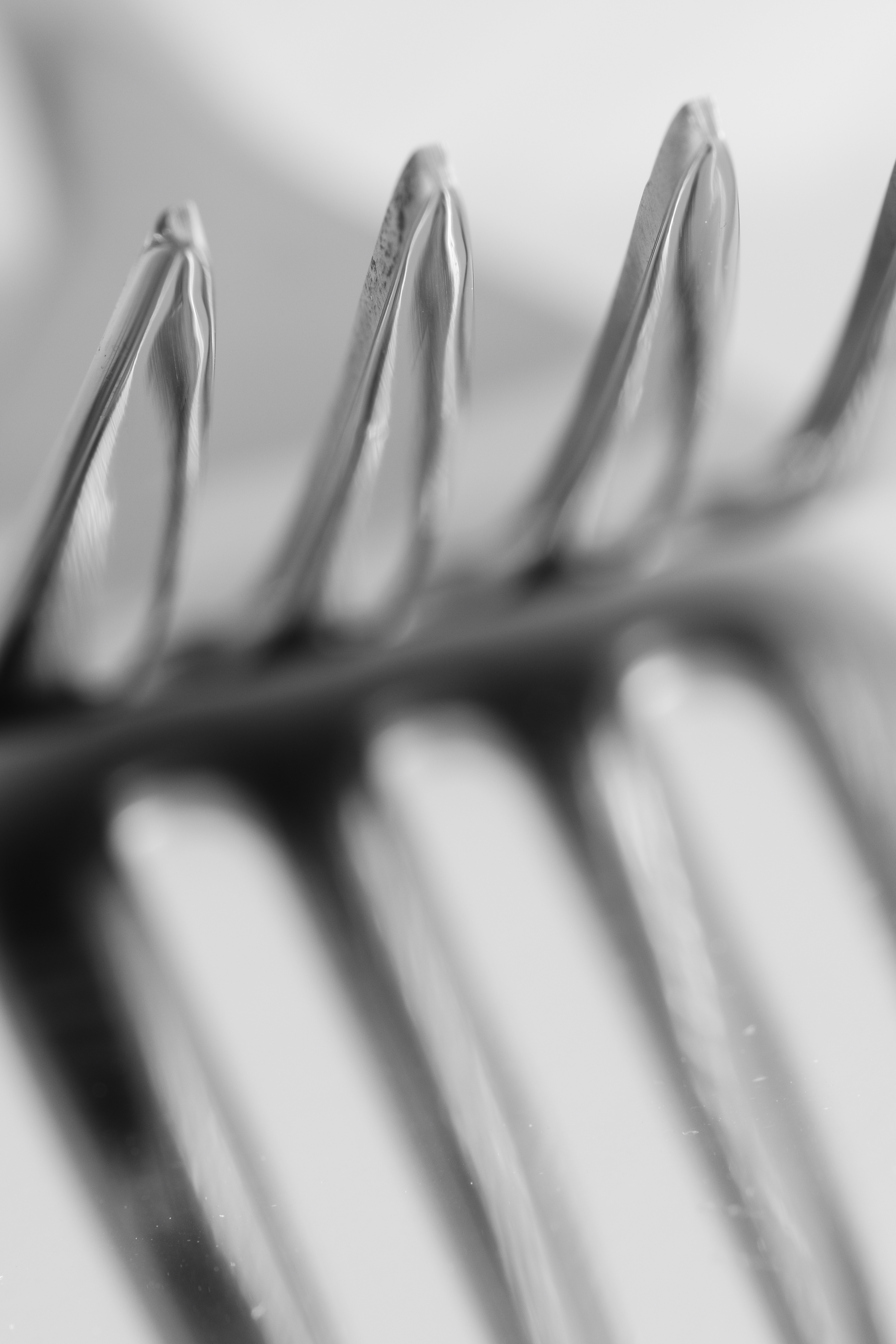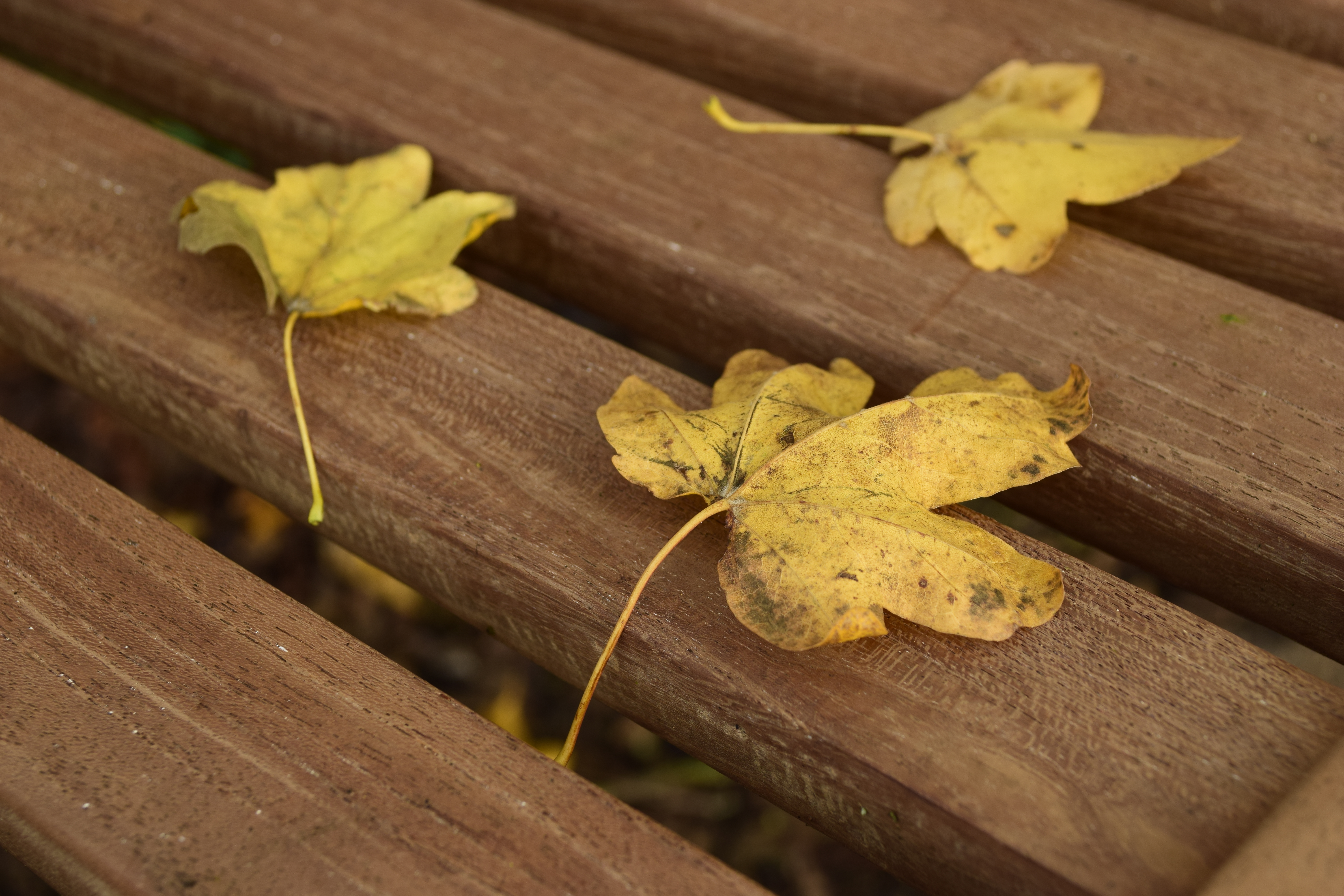Why you can trust TechRadar
Performance
- 5fps burst shooting
- Clear and bright display
- 600 shot battery life
While we have no complaints about the D5300's Matrix Metering system - in fact it copes remarkably well with situations that would fool some other systems - we found that using the Active D-Lighting system in its Normal or Automatic setting produces some images with mid-tones that are a little too bright. It's not a major issue, but it's something to keep an eye on.
That said, the Active D-Lighting can be very useful and effective when shooting high-contrast subjects. In some cases turning the Active D-Lighting up changes the exposure settings; for example, with one scene shot in aperture priority mode we found the shutter speed was increased by a whole stop (1EV) when we changed from the Low to the Extra High setting. This meant that the brightest parts of the scene were retained by the exposure shift, while the darker parts were brightened by the automatic in-camera adjustment of the image curve.
We found that the D5300's automatic white balance system performed well in a range of lighting conditions, even managing to produce natural looking, atmospheric images in artificial light. It also produced decent results in shaded and overcast conditions.
Live View is activated on the D5300 by flicking the sprung switch under the mode dial on the top of the camera. As it has a vari-angle screen, the D5300 is far more likely to be used in live view mode than some other Nikon cameras.
The new 3.2-inch 1,037,000-dot screen provides a nice clear view with a little more detail being visible, which is especially useful when using the enlarged view to focus manually.
The screen also copes reasonably well with bright light and doesn't suffer excessively from reflections.
Image quality
- ISO100-12,800, expandable to 100-25,600
- Creative Effect modes
- No low-pass filter
As we would expect with a DSLR that's aimed at aspiring photographers, the D5300 generally produces pleasant images that have lots of detail and nice, vibrant colours.
Sign up for breaking news, reviews, opinion, top tech deals, and more.
Interestingly, our lab tests also reveal that throughout the sensitivity range the D5300 generally produces raw files that, after conversion to TIFF, have a lower signal-to-noise ratio than the D5200's files. This is means that the images are likely to be a little noisier. It's something we have seen before when there is a desire to bring out more detail.
At the highest sensitivity settings, however, the D5300 tends to produce JPEG images with a higher signal-to-noise ratio, indicating that there is less noise visible.
Our tests of the D5200 revealed that images taken at ISO 3200 or higher sometimes suffered from banding in darker areas and this significantly limited the size at which they could be viewed or printed.
Naturally, we have explored this area with the D5300 and it doesn't appear to suffer from the same problem. Noise is generally controlled well and has a random distribution and fine texture.
When viewed at 100% on screen, some luminance noise is visible in images captured at comparatively low sensitivity settings such as ISO400, but it isn't intrusive and it isn't apparent at normal viewing and printing sizes.
Pushing the sensitivity up to 12,800, the D5300's native maximum, naturally produces images with more noise and slightly softer details (at 100%), but images still look pretty decent. Even at the highest expansion value (ISO 25,600), images look fairly respectable although saturation is reduced a little and details are softened considerably so it's best to keep it for emergencies only.
On the whole, the D5300 produces images with very pleasant colours and, rather than avoiding the Landscape Picture Control mode, we found we used it quite often because it produced some nice, punchy results. It produced blues and greens with a bit of zing without going over the top or looking artificial.
Creative Effect modes are always a matter of personal taste, but it's hard to imagine that people will have many occasions when they want to use the D5300's HDR Painting mode. Toy Camera mode, however, with its heavy corner shading, may find favour more often.
Current page: Performance and image quality
Prev Page Build, handling and AF Next Page Verdict and competition


